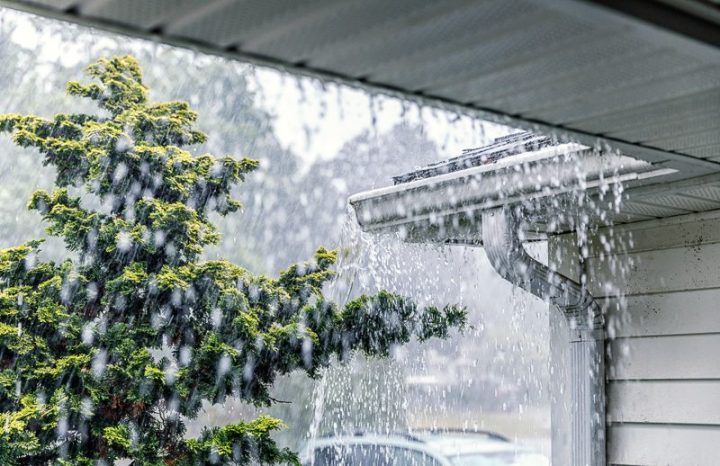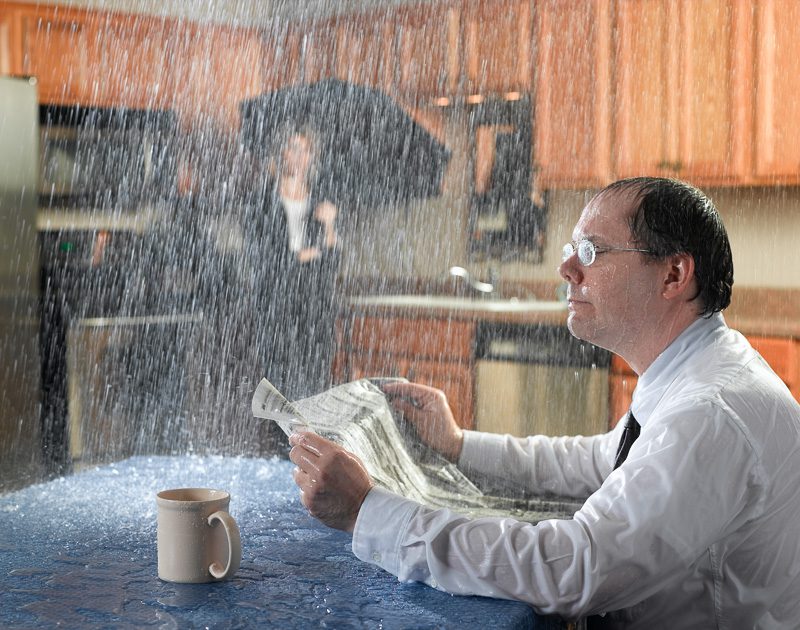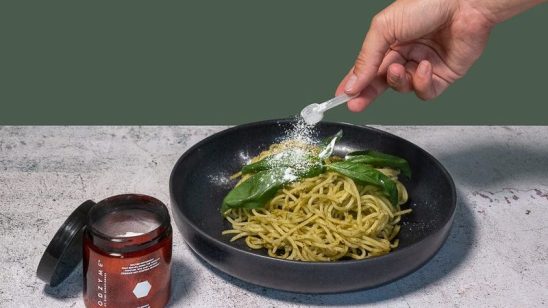
Brace against the elements
A crucial factor in any build – weathertightness and insulation can make or break how comfortable you are at home this season.
At the core of building and living in homes is a desire for protection and shelter against the weather. Alongside quality insulation, ensuring an all-season weatherproof building envelope should be a primary consideration in the conceptual stage of home design and construction.

A Department of Building and Housing report on such design principles states: “An experienced designer understands that designing for weathertightness begins long before considering the construction details.”
If the feeling of a cold draught is familiar, it’s time to put weathertightness on your radar, fast. Poor weatherproofing impacts more than heat loss – cold air increases moisture in your home, dampening your walls, roof, and furniture. Whether through inhaling mould spores or being unable to keep warm, without effective weatherproofing and insulation in place your sickness rate is likely to soar. This winter, don’t let it put your immune system to the test.
Selection of building materials prior to building is a great place to start. A recent report from leading home building platform ArchiPro suggests many builders are switching from traditional building paper to rigid barriers for superior weathertightness, insulation stability, and faster construction. RigidRAP and RigidRAP-XT are becoming a favoured building product for preventing sagging insulation and thus air sneaking through – improving energy efficiency.
When it comes to minimising heat loss and eliminating moisture entry, make a point to discuss material choice with your designer and builder before construction begins.
Moisture management
Moisture penetration is inevitable, yet that doesn’t mean it can’t be reduced. For a low energy, high-performance home that limits
water penetration and copes with unexpected water entry, work off the four ‘D’s’: deflect, drain, dry, durable.
Deflect
Protect vulnerable joint and leak-prone areas with effective cladding solutions and water-deflective devices such as overhangs and eaves. Experts suggest ensuring cladding junctions are properly-sealed and, where implemented, overhangs deflect as much direct rain as possible. Aim to limit the initial amount of rain that strikes contact with your home, letting effective drainage methods offer back-up to dissipate moisture that does get through.
Drain
Gutters and spouting are your best friend here – and consistent, proper maintenance is key. You want to direct water away from your home, so think sloping surfaces and aim to fix blockages quickly.
Dry
Engage moisture-resistant materials such as concrete and glass, and proper ventilation to keep your home dry and prevent mould build-up. This includes water-resistant paints and finishes, both interior and exterior.
Durable
To extend the lifespan of your home, opt for durable building methods and materials. Weatherproof cladding, roofing, fixtures, and resources will better withstand the harshness of the elements in winter.



